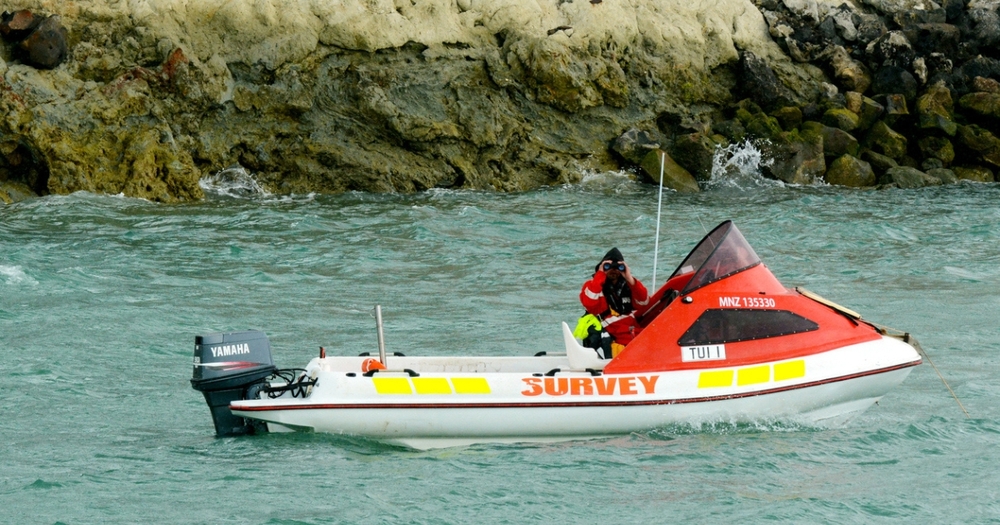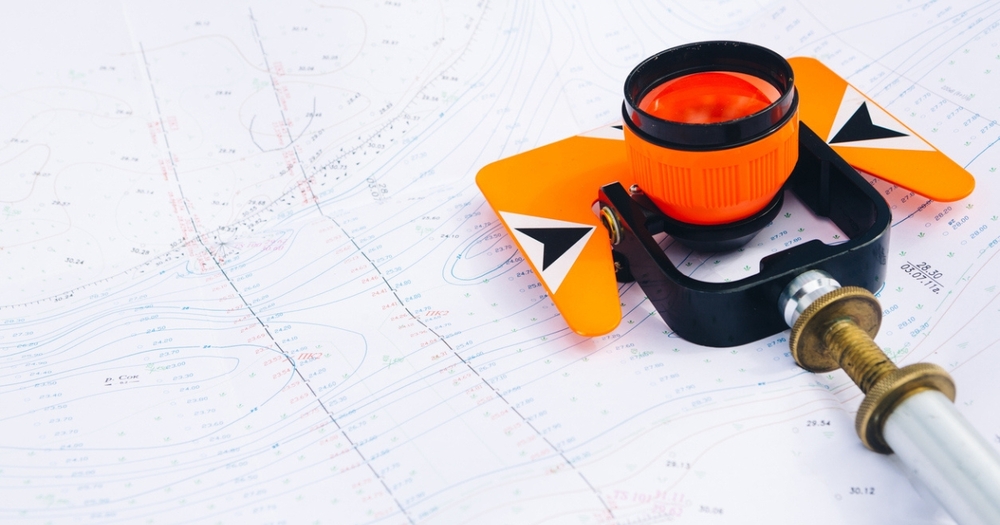
Land surveying is an age-old practice that remains indispensable in today's modern world. From establishing property boundaries to preparing for civil engineering projects, land surveying plays a pivotal role in many aspects of land development and management.
Whether you're a budding land surveyor, a landowner looking to understand more about your property, or a curious reader, this guide will provide you with a comprehensive look into the world of land surveying.
Land surveying is the practice of measuring and mapping land to provide an accurate depiction of a property or area, which will then be used for many different reasons. This could include anything from construction projects to boundary disputes. A land surveyor is often hired by businesses, governments, or individuals to provide their services.

Understanding the jargon is a crucial step in any field, and land surveying is no exception. Here are some key terms that you will often come across:
A benchmark is a point of reference used in surveying. These are typically marked locations with a known elevation above a specific datum (see below). They are used as starting or end points in land surveys for vertical measurements.
Contour lines, often seen on topographic maps, are lines that connect points of equal elevation. This means if you were to walk along a contour line, you would neither ascend or descend. They're extremely useful in providing a sense of the shape and slope of the terrain.
A datum point, in the context of surveying, is a reference point or surface against which other elevations or coordinates are measured. For example, sea level is often used as a datum for measuring the height of geographic features.
Elevation refers to the height above a given level, particularly above sea level on the earth's surface. It's a critical concept in both flat and mountainous terrain and is usually measured in feet or meters.
Triangulation is a method used to determine the location of a point by measuring angles to it from known points at either end of a fixed baseline. This technique has been traditionally used in land surveying but has been mostly replaced by modern equipment like GPS and total stations.
A plat is a map or plan of a piece of land showing a property’s boundary lines and other details. It is often required for legal purposes and permits, and is usually drawn to scale.
In the context of land surveying, a right-of-way is a type of easement that grants individuals or groups the legal right to pass through a property owned by another party. This is often seen in the case of utilities or roadways that pass through private land.
Azimuth is the horizontal angle measured clockwise from a reference direction (typically north) to the direction of interest. It's a common term used in navigation and surveying. It can be used to determine precise directions or bearings between points on a survey, which are crucial for accurately mapping and defining the land.
A system of describing land, real property (in estate law), or real estate based on their physical features and distances. Metes describe the limits of a boundary by measurement, and bounds describe limits by physical features of the land.

Surveying a piece of land requires the use of some essential tools and equipment, each designed to perform specific tasks to ensure accuracy and precision. Here are some of the most important survey instruments used by land surveyors:
A theodolite is a precision instrument used to measure angles in the vertical and horizontal planes. Theodolites are used primarily for surveying applications, and have been modified for unique uses such as meteorology and rocket launching.
The total station is a key piece of equipment in land surveying. It combines the functions of a theodolite with additional features of an electronic distance measurement (EDM) device. This allows for the precise measurement of distances and angles at the same time, greatly increasing the accuracy and efficiency of a land survey. Total stations can also interface with computers to store data, making it easier to process and analyze.
Global Positioning System (GPS) receivers have revolutionized land surveying by providing a means to obtain precise location data anywhere on earth. They work by communicating with satellites to determine exact geographic coordinates. There are even types of GPS systems, like RTK GPS, that can provide centimeter-level accuracy, which is beneficial for detailed land surveys.
Levels, specifically automatic and digital levels, are optical instruments used to establish or verify points in the same horizontal plane. This makes them essential for determining height differences and creating topographic profiles of a land area. They're particularly useful for construction and engineering surveyors.
A measuring wheel or tape is a simple but essential tool in land surveying. They can be used for quick measurements of long distances by simply rolling the wheel along the ground or by stretching the tape from one point to another. These tools are typically used for smaller surveys where high precision isn't required.
Tripods are used as stands for various land surveying equipment like theodolites, total stations, and levels. They provide stability and allow for fine-tuning of the equipment's position to ensure accurate measurements.
A tool that is used to measure the angle of slope, elevation or depression of an object in relation to the force of gravity. Useful for determining the height of objects and the angle of slope.
Drones, or unmanned aerial vehicles (UAVs), have become increasingly important in modern land surveying. Equipped with high-resolution cameras or LiDAR sensors, drones can capture detailed aerial images and generate 3D models of the terrain. This technology allows for quick, efficient surveys of large or difficult-to-reach areas.
Each of these tools plays an integral role in land surveying, contributing to the accuracy and precision of the work. As technology continues to evolve, so too does the equipment used in land surveying, paving the way for increasingly sophisticated and precise surveys.

Land surveying is a field that combines science, technology, and the natural world. Its importance can be seen in everything from planning a new building project to preserving historical landmarks, and from delineating land boundaries to understanding the topographical challenges of a particular landscape.
Understanding land surveying terms and equipment is essential for successful survey projects. Knowing the different types of instruments available, as well as their uses and limitations, helps surveyors make informed decisions when selecting equipment for a particular project.